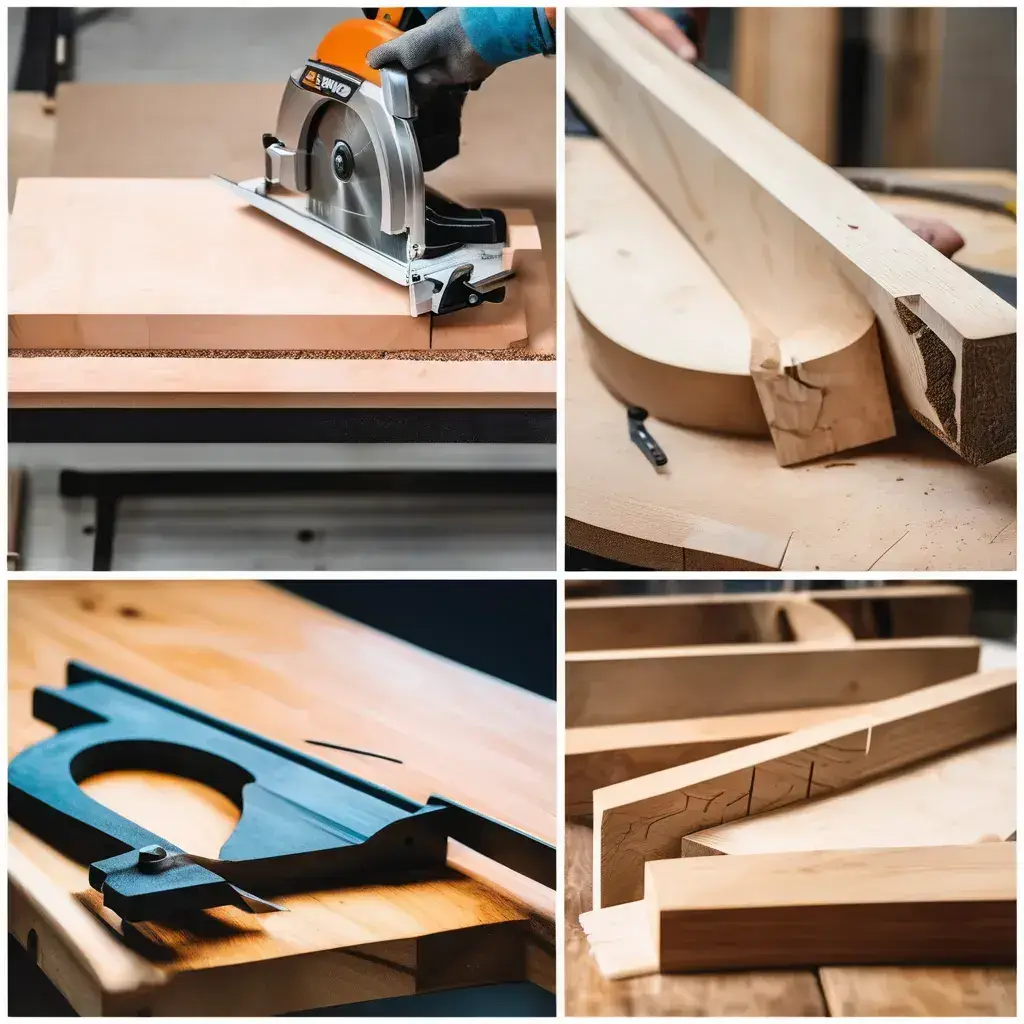
Introduction
Woodworking projects demand precision, creativity, and the right tools. Choosing the appropriate saw can be the difference between a professional-looking finished project and a frustrating experience. In this article, we guide you through the process of selecting the perfect saw for your woodworking projects.
Understanding Your Woodworking Needs
Before choosing a saw, it’s important to assess the types of projects you plan to undertake. Consider whether you’ll be cutting large sheets of plywood, crafting intricate curves, or working on detailed joinery. Your project requirements will influence your choice between a table saw, miter saw, jigsaw, or circular saw.
Types of Saws for Woodworking
-
Table Saw
A table saw is ideal for making precise, straight cuts and is a staple in any professional workshop. It is best suited for large, flat panels and repetitive cuts. Features to look for include adjustable fences, miter gauges, and safety features like blade guards. -
Miter Saw
Perfect for crosscuts and angled cuts, a miter saw is essential for framing, molding, and trim work. Look for models with digital angle readouts, sliding mechanisms for wider cuts, and quick-change blade systems. -
Circular Saw
Circular saws offer portability and versatility. They are great for on-the-go cutting tasks and can be used for both straight and beveled cuts. Consider the power of the motor, depth of cut adjustments, and the safety features available. -
Jigsaw
When intricate curves and irregular cuts are required, the jigsaw is your tool of choice. Its ability to navigate tight spaces makes it ideal for custom designs and detailed work. Variable speed control and orbital action are features that enhance its performance.
Key Factors to Consider
-
Blade Quality and Versatility:
The quality of the blade significantly impacts the accuracy and smoothness of your cuts. Look for saws that offer quick blade changes and support various blade types. -
Safety Features:
Safety should always be a priority. Ensure that the saw you choose has features such as blade guards, anti-kickback mechanisms, and emergency stop functions. -
Ease of Use:
An ergonomic design that minimizes fatigue is essential for prolonged use. Consider the weight, handle comfort, and overall maneuverability of the saw.
Tips for Maintenance and Longevity
Proper maintenance of your saw will ensure consistent performance over time. Always clean your saw after use, check the blade for dullness or damage, and store it in a dry environment. Regular servicing and following manufacturer guidelines will extend the lifespan of your tool.
Conclusion
Selecting the right saw for your woodworking projects is crucial for achieving clean, precise cuts and professional results. By understanding the different types of saws available and considering your specific needs, you can make an informed decision that will enhance your craftsmanship.
Stay tuned for more detailed reviews and buying guides to help you choose the best tools for every project.






